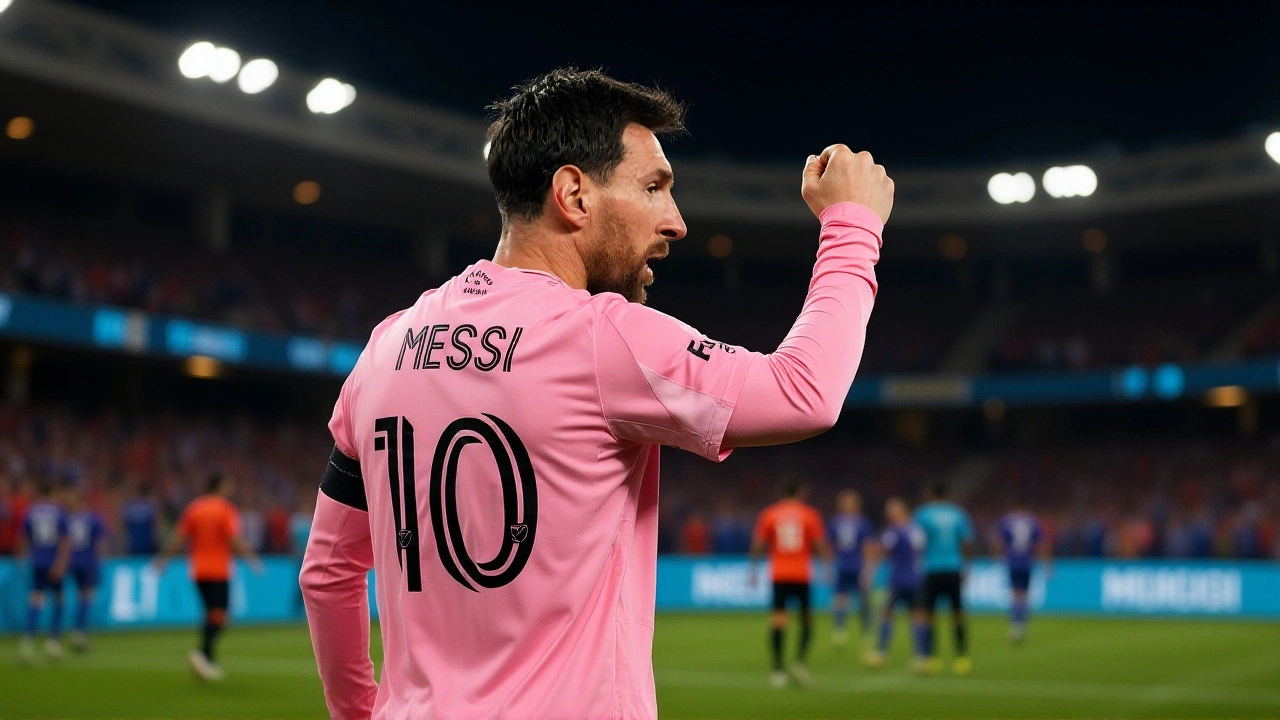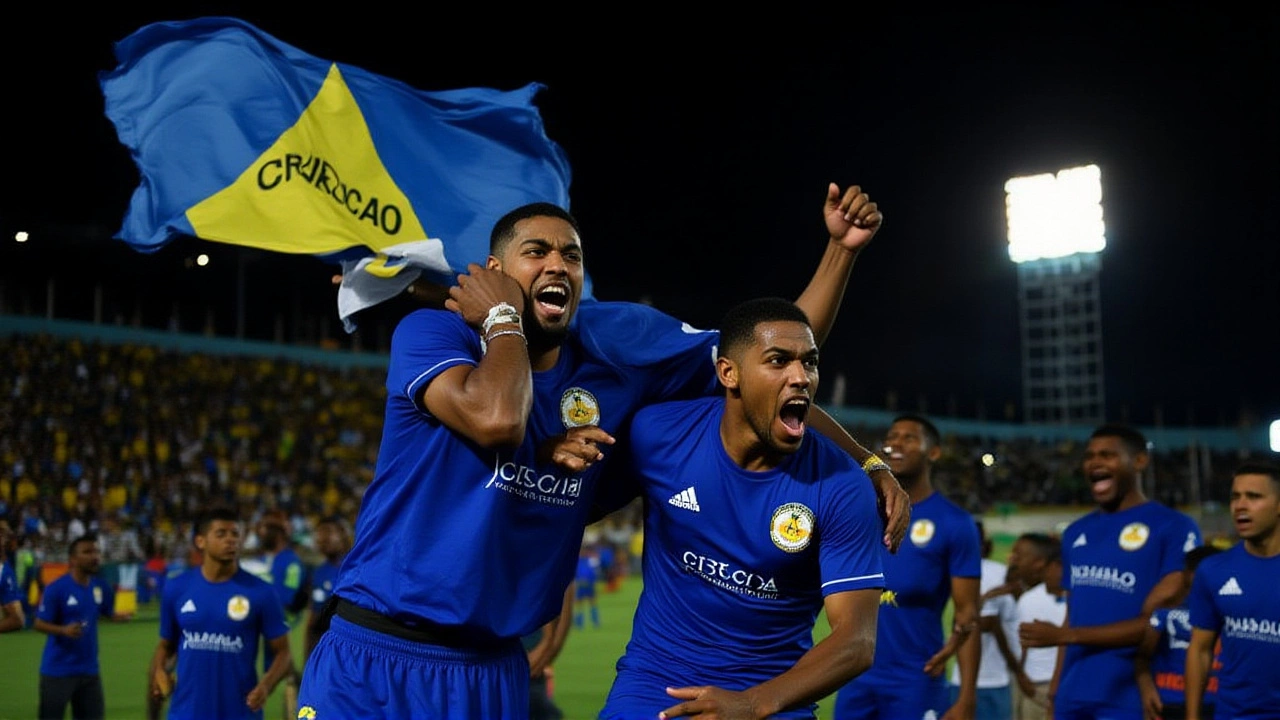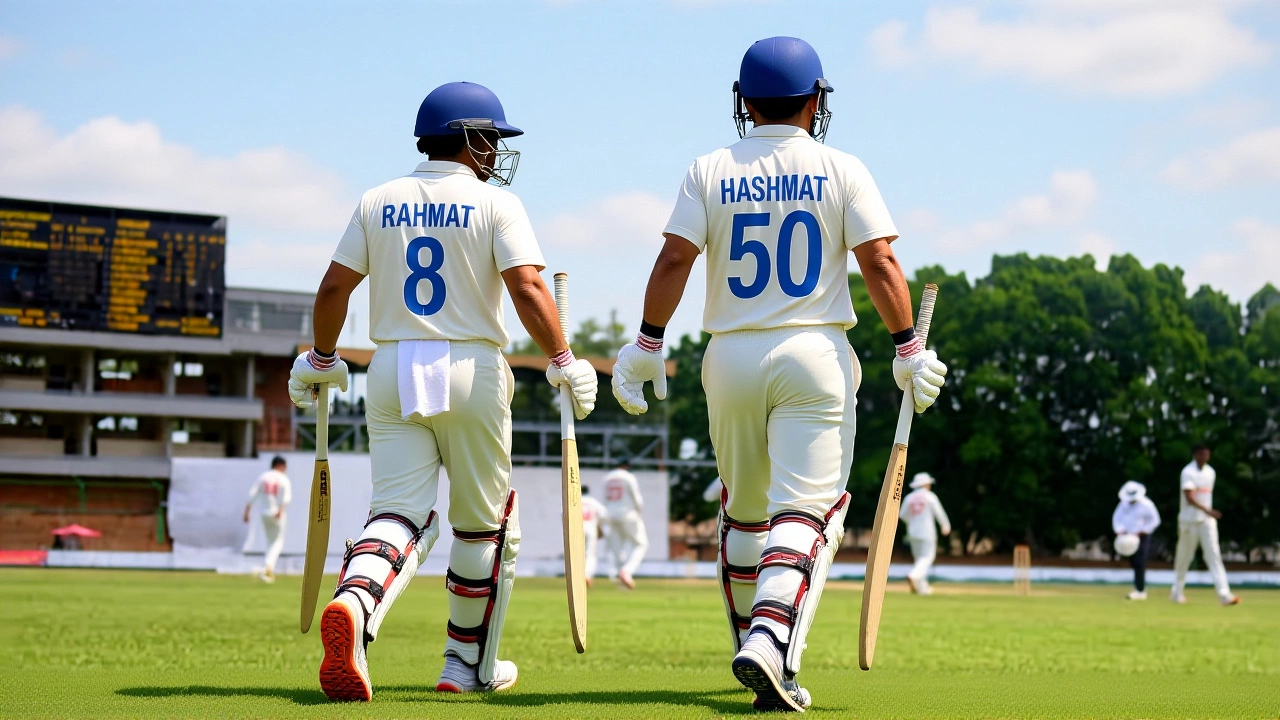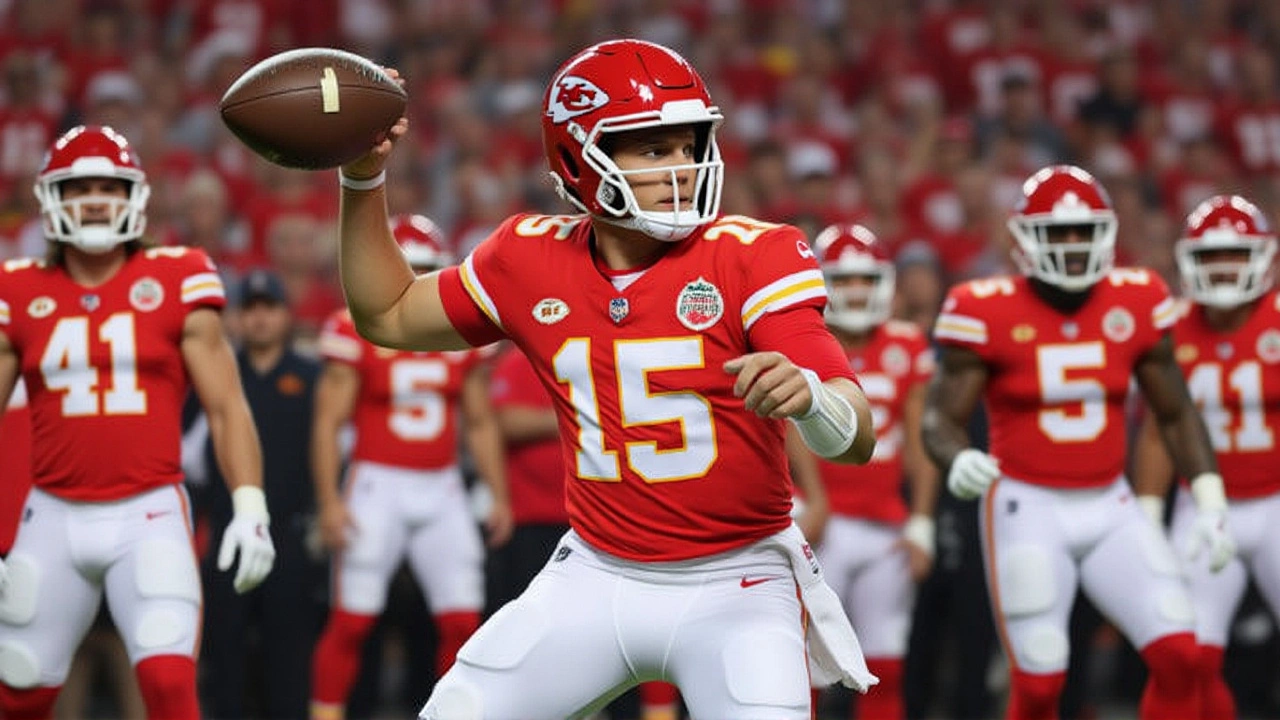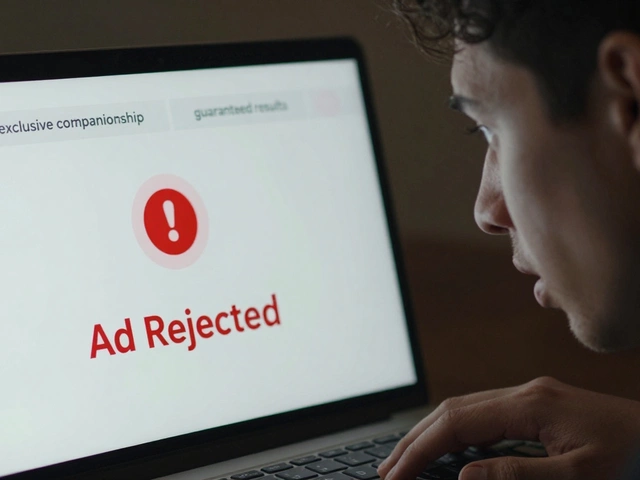Your ad got deleted? It's usually not a mistake-it's a policy violation. Learn the top 5 reasons ads get removed and how to fix them fast, so your next campaign stays live.
Continue reading...
Escort services in Dubai are growing despite being illegal. This article explores the real reasons behind the boom, who’s involved, the risks, and how clients and workers navigate life in the shadows.
Continue reading...
Escorts from diverse ethnic backgrounds bring unique cultural styles, fashion, and communication approaches that shape their presence in the industry. Authenticity, not stereotypes, defines the modern companion experience.
Continue reading...
Lionel Messi set a new MLS playoff record with 12 goal contributions as Inter Miami CF crushed FC Cincinnati 4-0 on November 23, 2025, advancing to the Eastern Conference Final for the first time in club history.
Continue reading...
Chelsea face Burnley without Cole Palmer and six others due to injuries, but Moisés Caicedo's standout form and Benoit Badiashile's return offer hope amid a critical three-game stretch in the Premier League.
Continue reading...
Curaçao became the smallest nation ever to qualify for the men's World Cup after a dramatic 0-0 draw with Jamaica on November 19, 2025, with Abyspo's last-gasp clearance sealing history for the 165,000-population Caribbean island.
Continue reading...
Coronation Street executive producer Kate Brooks confirms Eva Price’s return and extends Debbie Webster’s dementia storyline into 2027, pivoting the soap toward community, family, and humor with major Christmas 2025 twists.
Continue reading...
Afghanistan returns to Test cricket against Zimbabwe on Oct 20, 2025, with rankings, key players and World Test Championship points at stake.
Continue reading...
Week 6 NFL sees the Chiefs aim for a perfect start against the Lions, while the Seahawks battle Jaguars. Predictions, stats, and playoff implications unpacked.
Continue reading...




